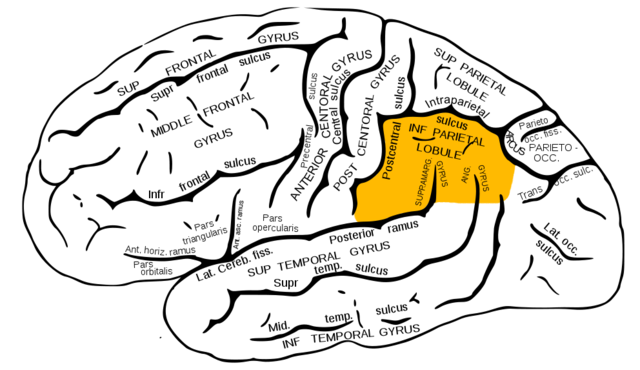Gerstmann’s Syndrome is a rare neurological disorder that typically results from damage to the left parietal lobe of the brain, particularly the angular gyrus. It is characterized by a set of four primary symptoms and is often associated with brain injury, stroke, or other forms of neurological damage. Gerstmann’s Syndrome can affect both adults and children, though it is more frequently observed following trauma or stroke in adults.
Symptoms
The hallmark symptoms of Gerstmann’s Syndrome include:
- Agraphia/Dysgraphia: The inability to write, despite normal motor function in the hands.
- Acalculia: Difficulty with performing simple arithmetic tasks, like addition or subtraction.
- Finger Agnosia: Inability to distinguish or recognize one’s fingers or others’.
- Left-Right Disorientation: Confusion between left and right directions.
These four symptoms typically appear together in Gerstmann’s Syndrome, although they can sometimes occur in isolation or along with other cognitive and neurological impairments.
Causes
Gerstmann’s Syndrome is often caused by damage to the angular gyrus in the dominant (usually left) hemisphere of the brain. The most common causes include:
- Stroke: Blockages or hemorrhages in blood vessels supplying the angular gyrus.
- Traumatic Brain Injury: Accidents or injuries that affect the parietal lobe.
- Tumors: Brain tumors can put pressure on or damage the angular gyrus.
- Degenerative Diseases: Conditions like Alzheimer’s disease may also damage the brain region associated with Gerstmann’s Syndrome.
- Encephalitis: Infections that cause brain inflammation.
- Developmental Abnormalities: In some cases, Gerstmann’s Syndrome is seen in children as part of developmental disorders.
Treatment
There is no specific cure for Gerstmann’s Syndrome, but treatment typically focuses on managing symptoms and improving quality of life. Key approaches include:
- Speech and Occupational Therapy: These can help patients regain skills like writing or performing arithmetic.
- Cognitive Rehabilitation: Involves exercises designed to improve attention, memory, and cognitive processing.
- Physical Therapy: Helps those with motor issues or finger agnosia.
- Supportive Care: Assistance with daily living activities, depending on the severity of symptoms.
Treatment varies based on the underlying cause. For instance, if a stroke caused the syndrome, addressing the stroke’s effects through rehabilitation will be a primary focus.
Prevention
There are no direct prevention methods for Gerstmann’s Syndrome, as it is often the result of unpredictable events like stroke or traumatic brain injury. However, general steps to reduce the risk of stroke or brain damage include:
- Managing Blood Pressure: Hypertension is a major risk factor for stroke.
- Healthy Lifestyle: Regular exercise, balanced diet, and avoiding smoking or excessive alcohol consumption.
- Preventing Head Injuries: Wearing helmets during high-risk activities, seatbelt use in cars, and general awareness of fall risks.
- Early Detection of Infections or Tumors: Regular medical check-ups to detect any neurological issues early.
In children, early intervention for learning disabilities or developmental issues may help mitigate certain cognitive symptoms.
































